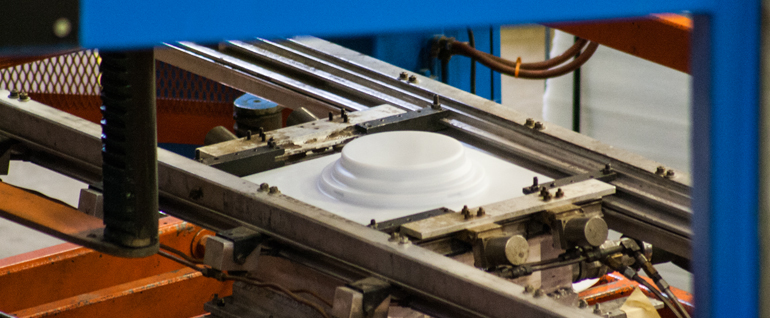This is the second post in our series from our Thermoforming Handbook, a guide that, until now, was only available to our customers and partners. We’re releasing the whole thing in a series of posts right here on our blog. Chapter 1’s blog post is right here.
If you’re someone who uses custom plastic manufacturing professionally and you’re interested in getting your own copy, just send us a message and we’ll be happy to send you one. As always, these are general guidelines. Any project or design needs to be reviewed by a qualified thermoforming professional before it goes into production, and the sooner you get one of those qualified professionals involved in the process, the smoother things tend to go. If you’re looking for a qualified professional, we know a few who would be happy to help.
Welcome to Chapter 2 of our design guide, where we’ll learn some important design considerations when designing for thermoforming. We’ll cover draw ratios, sharp angles, undercuts, draft angles and more. Thermoforming is a very capable process, and the more you understand about its technical aspects, the more flexibility you’ll have in design.
Draw Ratios
A draw ratio is the calculation that lets you know what gauge of plastic you need to start with for any given thermoformed part.
The Importance of Stretching
Thermoforming works by stretching a sheet of plastic over a mold. The more stretching that occurs, the thinner the plastic gets.
You Want It Thick, but Not Too Thick
Using a draw ratio calculation, you can make sure you start with plastic that’s thick enough to give you the final thickness you need, but not so thick that you waste money on overly expensive materials.

(more…)







